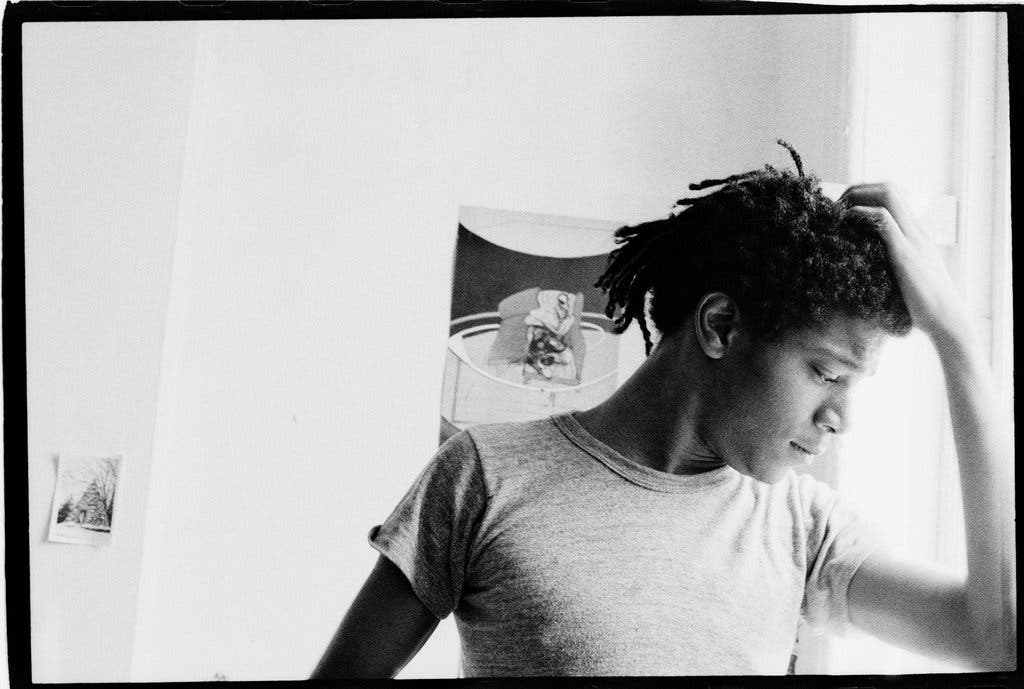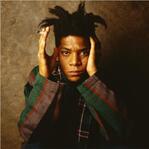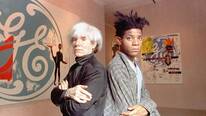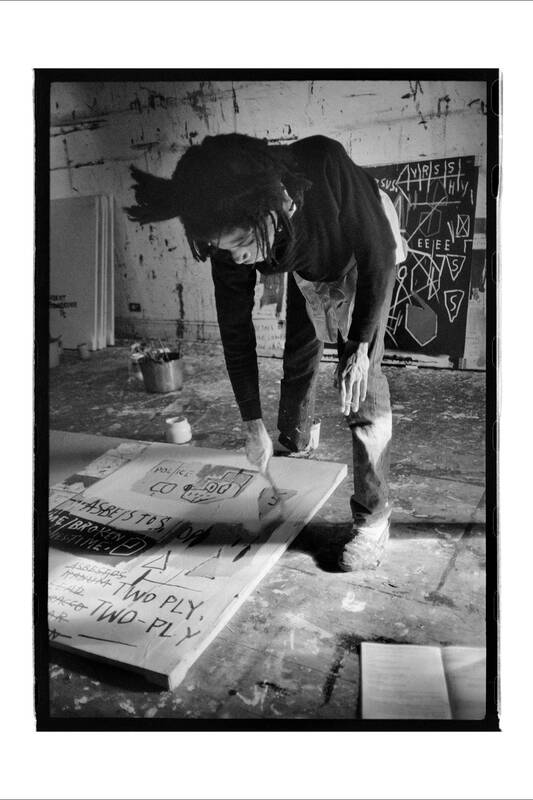MEDFORD ARTS
United Through Arts
Black History Month celebrates Black Artists.
United Through Arts
Black History Month celebrates Black Artists.
Photo Credit: Alexis Adler
Jean-Michel Basquiat
December 22, 1960 – August 12, 1988
I don't think about art when I'm working. I try to think about life.
Jean-Michel Basquiat
I don't think about art when I'm working. I try to think about life.
Jean-Michel Basquiat
BIOGRAPHY
Jean-Michel Basquiat was an American artist who rose to success during the 1980s as part of the Neo-expressionism movement.
Jean-Michel Basquiat was born in Brooklyn to Haitian and Puerto Rican parents in 1960, and left home as a teenager to live in Lower Manhattan, playing in a noise band, painting, and supporting himself with odd jobs. In the late 1970s, he and Al Diaz became known for their graffiti, a series of cryptic statements, such as “Playing Art with Daddy’s Money” and “9 to 5 Clone,” tagged SAMO. In 1980, after a group of artists from the punk and graffiti underground held the “Times Square Show,” Basquiat’s paintings began to attract attention from the art world.
|
He had his first solo exhibition in 1982 at the Annina Nosei Gallery in SoHo. Rene Ricard's Artforum article, "The Radiant Child", of December 1981, solidified Basquiat's position as a rising star in the wider art world, as well as the conjunction between the uptown graffiti and downtown punk scenes his work represented. Basquiat's rise to wider recognition coincided with the arrival in New York of the German Neo-Expressionist movement, which provided a congenial forum for his own street-smart, curbside expressionism. Basquiat began exhibiting regularly alongside artists like Julian Schnabel and David Salle, all of whom were reacting, to one degree or another, against the recent art-historical dominance of Conceptualism and Minimalism. Neo-Expressionism marked the return of painting and the re-emergence of the human figure in contemporary art making. Images of the African Diaspora and classic Americana punctuated Basquiat's work at this time, some of which was featured at the prestigious Mary Boone Gallery in solo shows in the mid 1980s (Basquiat was later represented by art dealer and gallerist Larry Gagosian in Los Angeles).
|
1982 was a significant year for Basquiat. He opened six solo shows in cities across the world, and became the youngest artist ever to be included in Documenta, the prestigious international contemporary art extravaganza held every five years in Kassel, Germany. During this time, Basquiat created some 200 art works and developed a signature motif: a heroic, crowned black oracle figure. The legendary jazz musician Dizzy Gillespie and boxers Sugar Ray Robinson, and Muhammad Ali were among Basquiat's inspirations for his work during this period. Sketchy and often abstract, the portraits captured the essence rather than the physical likeness of their subjects. The ferocity of Basquiat's technique, with slashes of paint and dynamic dashes of line, was intended to reveal what he saw as his subjects' inner self, their hidden feelings, and their deepest desires. These works also reinforced the intellect and passion of their subjects, rather than being fixated on the fetishized Black male body. Another epic figuration, based on the West African griot, also features heavily in this era of Basquiat's work. The griot propagated community history in West African culture through storytelling and song, and he was typically depicted by Basquiat with a grimace and squinting elliptical eyes fixed securely on the observer. Basquiat's artistic strategies and personal ascendency was in keeping with a wider Black Renaissance in the New York art world of the same era (exemplified by the widespread attention being given at the time to the work of artists such as Faith Ringgold and Jacob Lawrence).
|
|
By the early 1980s, Basquiat had befriended Pop artist Andy Warhol, with whom he collaborated on a series of works from 1984 to 1986, such as Ten Punching Bags (Last Supper) (1985-86). Warhol would often paint first, then Basquiat would layer over his work. In 1985, a New York Times Magazine feature article declared Basquiat the hot young American artist of the 1980s. This relationship became the subject of friction between Basquiat and many of his downtown contemporaries, as it appeared to mark a new interest in the commercial dimension of the art market.
|
In his short life Jean-Michel Basquiat nonetheless came to play an important and historic role in the rise of the downtown cultural scene in New York and Neo-Expressionism more broadly. The recipient of posthumous retrospectives at the Brooklyn Museum (2005) and the Whitney Museum of American Art (1992), as well as the subject of numerous biographies and documentaries, including Jean-Michel Basquiat: The Radiant Child (2010), and Julian Schnabel's feature film, Basquiat (1996; starring former friend David Bowie as Andy Warhol), Basquiat and his counter-cultural legacy persist. In 2017, another film Boom for Real: The Late Teenage Years of Jean Michel Basquiat was released to critical acclaim, also inspiring an exhibition of the same title at the Barbican art gallery in London. His art remains a constant source of inspiration for contemporary artists, and his short life a constant source of interest and speculation for an art industry that thrives on biographical legend.
Sources for this feature of Jean Michel-Basquiat came from The Broad, The Radient Child by Javaka Steptoe, The Art Story, Great Art Explained










